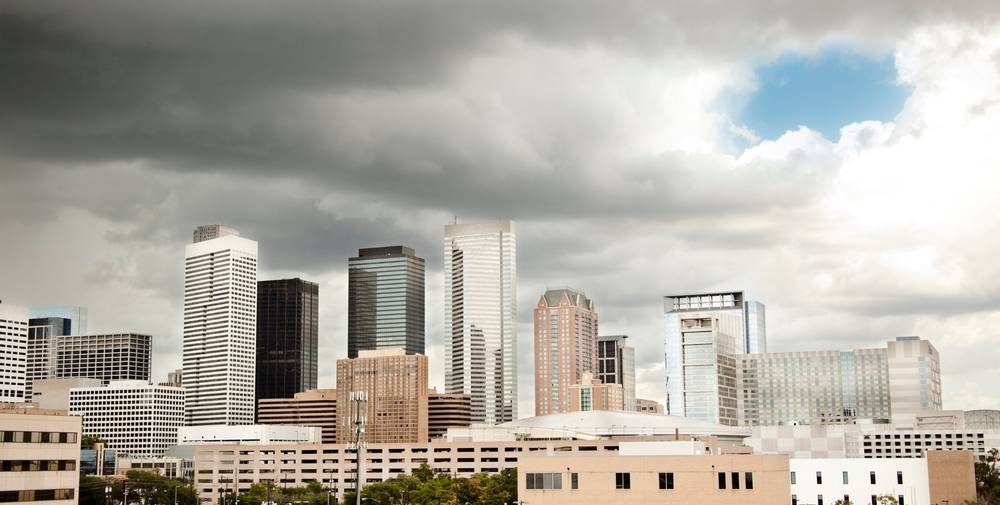With Hurricane Idalia getting ready to unleash on the Gulf Coast of Florida, wildfires tearing through Maui, weird hurricanes threatening Los Angeles, and the threat of major La Niña snowfall in the Northeast this winter, any smart investor should be considering the long-term effects of climate change when they think about where to best invest.
And it’s not just the weather itself that presents the problem: It’s getting harder to protect yourself once something happens, as insurance companies in California and Florida begin to flee these catastrophe-prone states.
How does an investor know where it’s safe? As you consider potential markets, experts advise evaluating them on two related attributes: vulnerability and coping capacity. Basically, vulnerability is how likely these incidents are to happen, and coping capacity speaks to when they do, how likely the area in question would be to protect against them and then rebuild.
As you consider vulnerability, you’ll want to think about things like:
- Extreme weather, including hurricanes, extreme rainfall, and extreme heat.
- Drought (particularly in areas where agriculture contributes significantly to local economies).
- Flooding related to a rise in sea level.
Coping capacity relates directly to funding and political amenability to solutions—how well the area in question can protect and heal once disaster strikes.
The Safest Cities From Natural Disasters
Jesse Keenan, an economist and associate professor of sustainable real estate at Tulane University, shared the U.S. cities he thinks will fare best, factoring in vulnerability and coping capacity in the face of worsening climate conditions:
- Duluth, Minnesota
- Asheville, North Carolina
- Knoxville, Tennessee
- Charlottesville, Virginia
- Lynchburg, Virginia
- Johnson City, Tennessee
- Pittsburgh, Pennsylvania
- Syracuse, New York
- Buffalo, New York
- Toledo, Ohio
- Green Bay, Wisconsin
On the other end of the spectrum, Policy Genius, an insurance marketplace platform, ranked the worst U.S. cities in light of deteriorating conditions. Spoiler alert: It doesn’t look good for Florida.
The Least Safe Cities From Natural Disasters
1. Houston, Texas

Key Threats: Extreme heat, hurricanes, tornadoes.
Houston faces a range of natural disasters due to its geographical location and environmental factors. Situated on the Gulf of Mexico, Houston is in the crosshairs of hurricanes and tropical storms that frequently develop in the warm waters of the Gulf, has a subtropical climate that can get very hot, and flat land that increases its flood risk. Houston has been struck with several hurricanes over the last decade, leading to billions of dollars in damages.
2. Florida

Key Threats: Extreme heat, flooding, hurricanes, tornadoes, wildfires.
In general, the State of Florida is in a pretty bad position. Like Houston, it’s often in the way of powerful hurricanes, extremely hot, and very flat. The popular metros most at risk here are up and down the state, starting with Miami, Tampa, Orlando, and Jacksonville. Several popular STR beach markets also face trouble.
3. New Orleans, Louisiana

Key Threats: Flooding, extreme heat, hurricanes, and tornadoes.
It wasn’t long ago when Hurricane Katrina ravaged New Orleans and created one of the worst hurricane disasters in our country’s history. New Orleans is also sinking. The city was built on soft, marshy ground, meaning over the years, the weight of the buildings and other human activities have caused the land to literally begin caving in. On top of that, the barrier islands on the Gulf serve as natural protection from flooding during storms, but those, too, are slowly disappearing beneath the water. It’s projected that New Orleans will one day be totally underwater.
4. Los Angeles, California

Key Threats: Air quality, wildfires.
Everyone knows about LA’s notoriously bad air quality and the all-too-common wildfires that burn across California. Los Angeles, despite its immense popularity, isn’t in the best spot for natural disaster risk.
5. Memphis, Tennessee

Key Threats: Extreme heat, hurricanes, tornadoes.
You may be surprised by this, but Memphis is actually a hotbed for natural disaster risk. As another low-lying city along the Mississippi River, the city is prone to flooding. It’s also in Tornado Alley, and you know what that means.
Final Thoughts
Wherever you invest, know your risks and the likelihood of those risks worsening. Make sure you are protected via the right insurance coverage for your area and also with enough capital to handle unforeseen weather-related big expenses.
Ready to succeed in real estate investing? Create a free BiggerPockets account to learn about investment strategies; ask questions and get answers from our community of +2 million members; connect with investor-friendly agents; and so much more.
Note By BiggerPockets: These are opinions written by the author and do not necessarily represent the opinions of BiggerPockets.









